1. Cryotherapy Chambers

You’ve probably seen people standing in what looks like a futuristic freezer, claiming three minutes in sub-zero temps changed their lives. Cryotherapy sessions can cost $60–$100 each, and yet studies show the mental health benefits are minimal at best. It’s mainly promoted for reducing inflammation and muscle soreness—not exactly a cure for anxiety. Still, the allure of looking cool in an ice pod somehow outweighs the science.
People are spending hundreds each month chasing endorphins when consistent talk therapy or medication might be far more effective—and less painful. Sure, some report feeling energized after, but so does a brisk walk. The placebo effect is strong here, and you’re mostly paying for the novelty. Unless you’re a pro athlete, this might be one to skip.
2. Juice Cleanses

Juice cleanses promise to detox your body, reset your gut, and somehow bring peace to your soul. But let’s be honest—paying $150 for a three-day cleanse that leaves you hungry and irritable isn’t exactly self-care. These juices are often high in sugar and low in fiber, making them nutritionally lopsided. And the whole “detox” concept? Your liver already does that for free.
Despite their Instagrammable bottles, cleanses can lead to mood swings and fatigue—hardly what you need when you’re stressed. It’s a temporary fix that masks emotional needs with liquid carrots and lemon water. Therapy can help you address why you’re drawn to extreme resets in the first place. Spoiler: it’s rarely about the juice.
3. Infrared Saunas
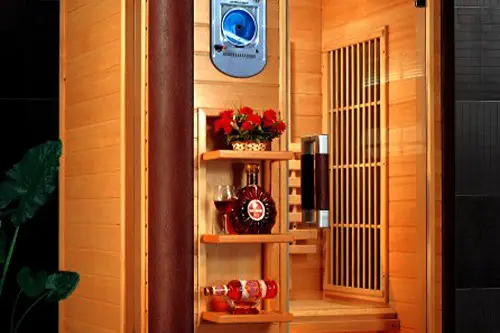
These glowing rooms claim to detox you through sweat, aid relaxation, and even lift your mood. A single session can run $40–$60, and packages often climb into the hundreds. While they may feel relaxing, there’s little evidence they do anything more for mental health than sitting in a hot bath. You’re not sweating out trauma—you’re just sweating.
What’s marketed as healing is often just expensive solitude in a box. If you’re looking to reduce stress, regular exercise or guided meditation offer similar benefits for free. Meanwhile, therapy addresses the source of your anxiety rather than trying to steam it out. It’s self-care, sure, but not always the kind that heals.
4. Designer Supplements

From mushroom powders to moon dusts, wellness supplements can cost $50 or more per jar, promising sharper focus and inner peace. Yet many of these claims aren’t backed by strong evidence, and results vary wildly. Without regulation, these products don’t have to prove their benefits, just avoid causing harm. That’s a low bar for something you’re swallowing daily.
People often turn to these instead of seeking help for underlying issues like burnout or depression. It feels proactive, but it’s a distraction from the root cause. Therapy, meanwhile, digs into the “why” behind the constant search for balance. And bonus: your therapist won’t come with a turmeric aftertaste.
5. Energy Healing Sessions
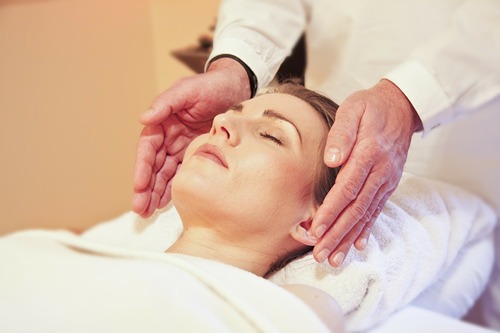
Reiki and similar energy practices are gaining popularity, often charging $80 or more for an hour of hands-off healing. These sessions are relaxing and can feel deeply soothing—but scientifically, they’re hard to validate. Placebo effects can be powerful, but they’re not a sustainable replacement for emotional processing. Energy isn’t blocked; your coping skills might be.
This isn’t to knock spiritual practices outright—they can complement healing, not replace it. But when they’re sold as a cure-all for anxiety or trauma, it gets dicey. Therapy equips you with strategies, not just temporary serenity. And no amount of sage smudging can rewrite your coping patterns.
6. High-End Skincare Rituals
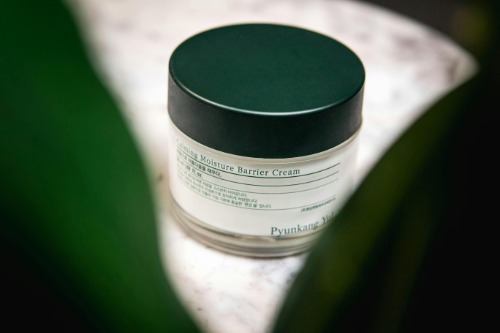
That $300 moisturizer with a name you can’t pronounce promises glow and confidence in a jar. But when self-worth is tied to the condition of your pores, something deeper is going on. Skincare can be a soothing ritual, but it’s often sold as a fix for insecurity. And no serum can untangle the emotional root of that.
The wellness industry knows people associate clear skin with happiness and control. But mental health doesn’t live in your T-zone. When stress and self-image are tangled, therapy can do what retinol never could. And your face doesn’t need to cost more than your feelings.
7. Wellness Retreats

A weeklong retreat in Costa Rica with yoga, sound baths, and green juice can easily set you back $3,000. The setting is tranquil, yes, but that peace often evaporates the moment you’re back at your desk. These escapes can offer a glimpse of mindfulness, but rarely the tools to sustain it. It’s vacation disguised as healing.
If you’re running from burnout, a retreat may delay the crash but won’t prevent it. Therapy helps you build resilience that travels with you. You don’t need a passport to find peace—just a little introspection and support. And probably fewer Instagram quotes about surrender.
8. Fancy Bathtubs and Ritual Baths

Ritual baths with salts, herbs, and crystals can cost $20–$50 a pop, especially with luxury products. There’s something soothing about soaking in lavender and pretending your bathroom is a Roman spa. But beyond temporary calm, there’s no evidence these baths shift long-term emotional health. Water can soothe, but it doesn’t solve.
Self-care shouldn’t just be about ambiance and expensive bath bombs. If your anxiety returns the second you towel off, it’s time to go deeper. Therapy helps you build coping strategies that last longer than eucalyptus oil. And yes, you can still enjoy your bath—just not as your only tool.
9. Sound Bath Sessions
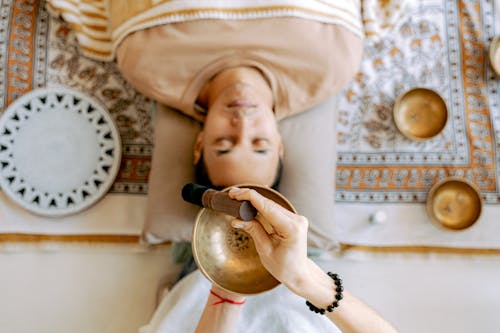
Lying on a yoga mat while someone plays crystal bowls may feel spiritual and calming. But sound baths, often priced at $30–$60 per session, are more about relaxation than mental health transformation. There’s no solid evidence they treat anxiety or depression in any meaningful way. They’re vibes—not solutions.
Sound can certainly impact mood, but that’s not the same as processing trauma or grief. When self-care becomes a performance instead of a practice, it’s easy to miss what you actually need. Therapy might not sound as ethereal, but it resonates deeper. And no tuning fork can replace human connection.
10. Custom Journals and “Healing” Planners

That $45 journal promising to manifest your best self is cute—but it can’t replace insight. Writing down affirmations and to-dos feels productive, but it’s often surface-level. Reflection is valuable, but without context or guidance, it can spiral into self-judgment. You need more than prompts—you need patterns.
Therapy helps you see those patterns and change them, not just decorate around them. A journal can be a great supplement, but it can’t challenge your thinking the way a trained therapist can. Healing isn’t a checklist, and growth isn’t always aesthetically pleasing. Sometimes it’s messy—and that’s okay.
11. Biohacking Gadgets

From neurostimulation headbands to sleep trackers and wearable mood sensors, biohacking can get pricey fast. Some of these gadgets cost over $500, with recurring app subscriptions to boot. They promise to “optimize” your brain or nervous system, but evidence for their effectiveness is often limited or inconclusive. It’s tech posing as transformation.
While it’s fun to feel like you’re upgrading your mind, many users report only marginal improvements. Meanwhile, therapy offers something tech can’t: empathy, reflection, and the ability to reframe how you think and feel. You don’t need a brain zapper to become emotionally resilient. Just someone to help you understand your patterns.
12. Aromatherapy Subscriptions
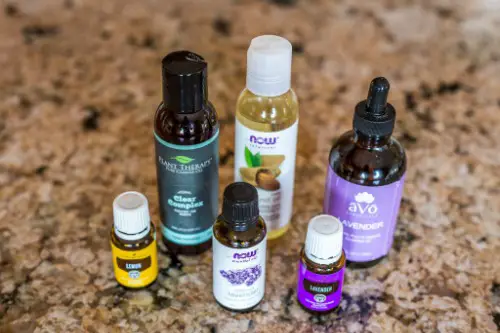
Monthly boxes of essential oils and diffusers may smell amazing, but they’re often sold as mood enhancers or stress cures. These subscriptions can run $25–$50 per month, adding up quickly over time. While scents can temporarily shift your mood, they don’t replace emotional regulation. Lavender won’t heal your abandonment issues.
Aromatherapy can support relaxation, but it’s not treatment. When it becomes your main coping tool, you’re scent-masking deeper needs. Therapy gets to the core of what’s causing your stress in the first place. And it doesn’t require peppermint oil to work.
This post 12 Self-Care Routines That Cost More Than Therapy and Deliver Less was first published on American Charm.


